This article is based on a workshop led by Jen Thompson at the Product Marketing Summit in Sydney. As a PMA member, you can enjoy the complete recording here. For more exclusive content, head over to your membership dashboard.
Hello and welcome to your storytelling workshop! There are three key things you’re going to learn today:
- Some killer storytelling frameworks
- How to connect with your audience through stories
- How to use storytelling to influence internal stakeholders
Let’s dive in.
The power of storytelling
Before we get into it, I want you to imagine you just got a message from your bestie that says “You won’t believe what just happened!! Major goss. Call me as soon as you can 🚨”.
How does that message make you feel?
If you’re anything like me, you feel excited. You wonder what it's about. You want to hear the whole story.
That’s a very human reaction. We’re drawn to stories. Stories are how we’ve communicated since the dawn of humanity. Stories help us to connect. They help us inspire one another. They make us want to engage with each other and unite around a central cause. They motivate us and help us drive action. They get us excited.
The key thing to keep in mind is that when we tell stories, we want them to be memorable and we want them to create action – especially if we're in a marketing discipline or trying to influence stakeholders. We're not telling stories for the sake of telling stories; there’s a call to action (CTA) at the end.
As Steve Jobs said,
“The most powerful person in the world is the storyteller. The storyteller sets the vision, values, and agenda for an entire generation that is to come.”
That's the power that we all hold because we all tell stories – big and small –about our products.
Impactful stories follow a framework
Take a moment to recall the most memorable stories you’ve come across. They could be from your childhood, from work, or from TV.
Got a few? Great.
Even if the examples that spring to mind are as seemingly disparate as Homer’s Odyssey and the plotline of Gossip Girl, there are probably a lot of commonalities between them. You see, all great stories use really similar techniques, and I want to share those with you today.
It all comes down to what I like to call “story trunks.” Basically, every story has a set of consistent trunks that guide the listener through what's happening and create that emotional connection.
That means you don't have to reinvent the wheel to tell a compelling story – instead, you can take advantage of the tried-and-tested framework that generations of storytellers before you have refined.
So, let’s take a look at a prime example of story trunks in action, courtesy of Apple. Take a moment to watch this commercial, and we’ll dissect it together afterward.
Powerful stuff right? Even though there are no visuals to direct what's happening, the words alone create a strong emotional connection. You don't understand how the callers are going to get out of the horrible situations they find themselves in, but you want them to succeed. And then there's a resolution; Apple comes to the rescue, and you feel so relieved.
From Disney classics to product ads like the one we just saw, powerful stories all follow a very similar structure. We also use this very simple framework to tell stories at Canva, and I’d encourage you to use it too.
Here are the trunks that make up a great story:
👏 Audience: The audience helps you frame the story. This is who the story’s for.
👪 Characters: This could be the hero, or it could be the villain who creates the conflict.
🔔 Conflict: This is the problem that your character comes up against. If you’ve come across the hero’s journey before this next part’ll sound familiar: the main character meets a guide, who gives them a plan.
🎆 Resolution: The plan works and the story ultimately ends in success.
Let’s dive a little deeper into each of these elements.
Step one: Define your audience
If you want to excite and engage your audience, if you want them to be able to walk in the shoes of the characters in your story, you need to know who they are and what makes them tick. Your audience determines how you approach the content.
To give you an example, I went on a little mini-break last weekend. I went for a hike, visited a couple of museums, went out for dinner with some old friends, and got a little drunk.
How I tell that story is going to differ depending on my audience. If I’m talking to my mom, who never drinks, I’ll probably skip the part about getting drunk and focus on the museums, lest she try to send me to rehab. If I’m talking to my partner, he’s going to hear all about the great night out I had with my girls. Even though it's the same story, I'm tailoring it to my audience based on the information I want them to hear.
Everyone has different interests, needs, and life experiences, which shape their emotional responses to stories. So, when you choose the audience for your story, you need to make sure you understand those interests, needs, and experiences. That way, you can make the story as meaningful as possible to them.
Here are some other vital questions to keep in mind as you consider your audience:
- What’s the goal of the story?
- How do you want them to hear the story?
- How do you want them to respond?
- Why should they care?
- When will you share the story?
- What’s the best place to connect with your audience?
In the example we just watched, the audience was everyday people, people like us. Apple made it massively relatable by sharing the three different perilous scenarios; most of us could see ourselves in at least one of them. If you’re a driver, do any sort of water-based recreation, or are a farmer, this ad feels chillingly relevant.
Step two: Pick your characters
The next important part of crafting your story is developing your characters. They’re the bridge between the storyteller and the audience. If the audience identifies with the main characters, the story will be much more effective.
A character could play the hero role, guiding the audience on a journey. Or a character could be the brand or product that helps move the story along. At first, it may seem odd for a brand to be a character. But let's think it through.
Take the Apple Watch ad for example. We know the target audience is diverse – anyone who might wear an Apple Watch. So the heroes are the Apple Watch wearers themselves – people like Amanda the driver, Jason the paddleboarder, and Jim the farmer. Though different, they have one thing in common: they all wear Apple Watches. Crafting characters that embody the product helps drive the story.
However, the hero of your story doesn’t always have to be the product or a representation of your target audience. Take Canva for example. There’s a good chance you use our core products, but did you know we have a free education product, too? We want to empower anyone to design, so to make design accessible for teachers and students worldwide, we offer Canva for Education for free.
So, while teachers are our core audience, the heroes of our stories are their students. We form an emotional bond by focusing on the teachers' goals – to nurture young minds. The best way to tell our story is by representing those students and highlighting their success.
Step three: Establish a conflict
A compelling story needs tension – an underlying conflict. The conflict should center around a core problem plaguing your heroes.
In the Apple Watch ad, the conflict is obvious: mortal peril. But sometimes the conflict is more subtle – an obstacle holding your character back. You’ve likely seen ads showing how the competition gets left behind while the innovative product forges ahead. This highlights what happens if you don’t have the right tools in place.
We use this technique at Canva sometimes, too. We show how visual content needs are accelerating worldwide and without proper design software, businesses risk falling behind.
To resolve the conflict, you need a guide – someone or something that gives the character a plan, drives them to action, and helps them avoid failure. If your hero just randomly swims to safety, that’s not a great story.
In the Apple Watch story, the conflict is near death for people unable to help themselves. The guide is the Apple Watch and the plan is to use its 911 feature. This allows the wearer to call for help and avoid tragedy.
Rather than introducing your product as the central character, it’s often a smart idea to position it as the guide – the means through which the conflict gets resolved and the characters transform.
Step four: Set up a satisfying resolution
Ultimately, we need our stories to resolve in a satisfying way. As humans, we want to see the hero overcome obstacles and succeed. So when crafting a brand story, guide your audience to that triumphant ending. Maybe your heroes narrowly avoid disaster thanks to your product, or students excel in school with their new tools. A concrete resolution matters – show your audience that desired outcome.
Often there’s an underlying lesson or takeaway as well. What has the hero learned? How have they transformed? Are they about to embark on a new chapter in their life? Don’t just end abruptly with the resolution; show the promising path forward your hero now walks.
In the Apple Watch story, the resolution is clear – all our heroes survive. But the deeper message is that the Apple Watch can save your life when you least expect it. Do you see the value of the SOS feature more clearly now? Are you more inclined to buy an Apple Watch? I certainly was when I first saw this ad.
What’s interesting is that Apple never explicitly mentioned the SOS feature in their ad, but by crafting an emotional narrative, they guided the audience to make that connection.
Using storytelling to persuade internal stakeholders
Now let’s move on to using the power of storytelling when working with internal stakeholders.
Meet Emily, my product management (PM) colleague at Canva. Imagine we find ourselves in a situation that’s all too common in the SaaS realm – we’ve launched some new product features using an MVP or “minimum viable product” approach. However, we’ve missed the mark, and the product falls short of being “viable.”
So now I notice an uptick in support tickets for the new feature. Maybe the functionality itself needs reworking. Or perhaps the onboarding flow doesn’t guide users as smoothly as it should.
How could I use storytelling to convince Emily of the need to make changes?
Well, Emily is my audience, so I’d start by understanding her perspective. What motivates Emily? Why does this issue matter to her?
Fundamentally, it’s about showing how my suggestion helps Emily achieve her aims. If she’s a new PM, she might be looking to build her reputation in the company, and improving this MVP could help her do just that. Appealing to that innate desire for self-determination and progress is vital.
The characters in this story are those users who are struggling to make sense of the new feature. While framing the narrative around Emily’s goals matters, ultimately she cares about enabling users, so the users need to be front and center in this story.
The core conflict is clear – users don’t know how to get started and adopt this new feature. This is resulting in increased support tickets and, if it’s a paid feature, perhaps even lost revenue. The “guide” in this situation is an improved onboarding flow that will resolve these user issues.
I also need quantifiable data proving the conflict exists. While empathy matters, hard metrics often speak loudest in business settings. It’s one thing to say, “Emily, users seem confused by this new feature,” but it’s much more persuasive to say, “Emily, we risk losing $2 million in the first week if this onboarding doesn’t improve.”
So, as you work to persuade your internal stakeholders, make sure you use all the data, research, testing, and competitive analyses in your product marketing toolbelt to substantiate your storyline.
The resolution? By partnering with us on better onboarding, Emily will drive adoption and retention. She’ll look like a rock star internally. And as an added bonus, we reduce those pesky support tickets. See how solutions become more compelling when embedded within a thoughtful story arc centered around internal stakeholders?
Go forth and tell stories
You can use the storytelling framework every day – and not just in ads or with product managers.
Our job as product marketers relies more on swaying stakeholders than hands-on building. We’re trying to influence roadmaps, marketing channels, and sales teams. Since we rarely pitch customers directly, our power lies in helping teams tell compelling stories.
In short, storytelling is a vital weapon in our arsenal. So, especially if you’re facing skepticism, take a narrative approach. Believe it or not, this mental model works even stripped down to its essence:
- Who am I talking to and what do they care about?
- Who is the character or user that I can tell this story through?
- What’s their key conflict or pain point?
- How can we guide them to resolve this and achieve their goals?
Now, go and try out the power of storytelling for yourself!





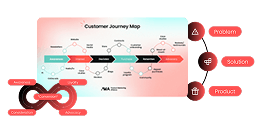
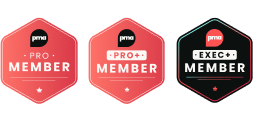



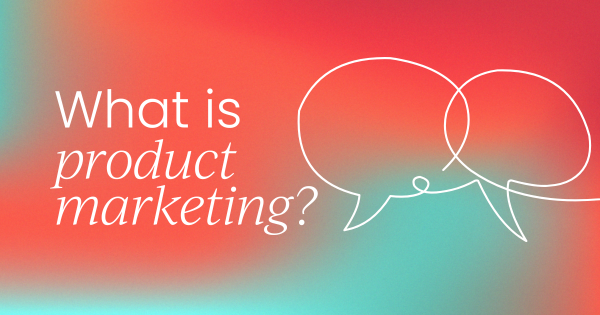
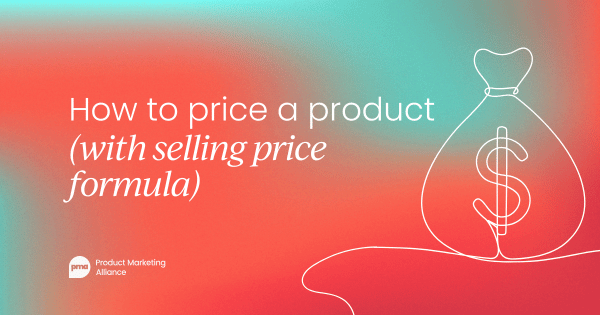
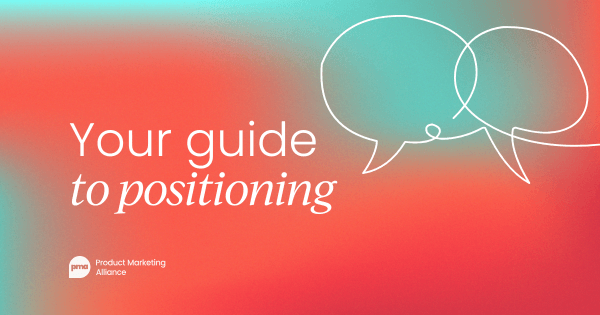
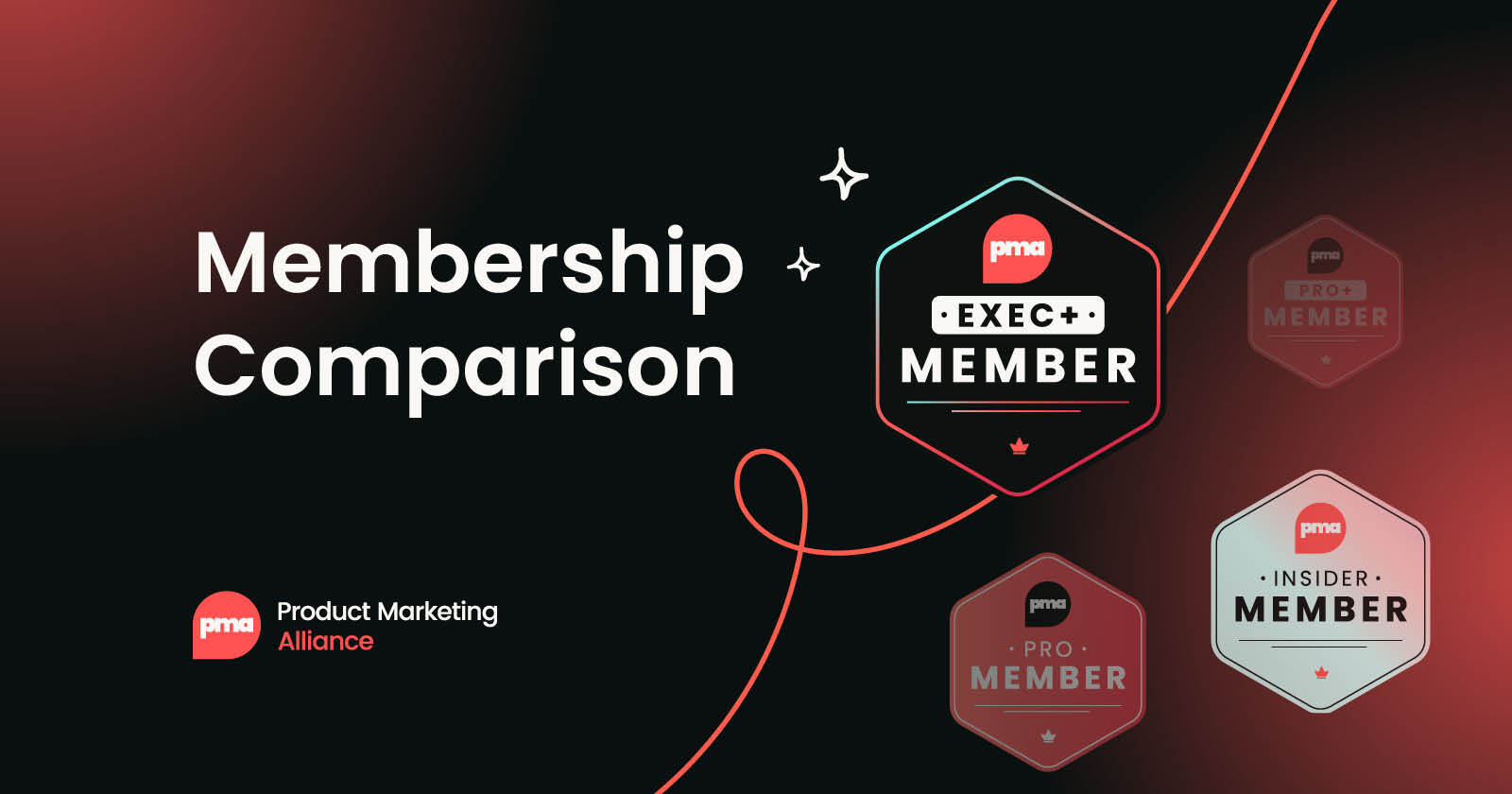
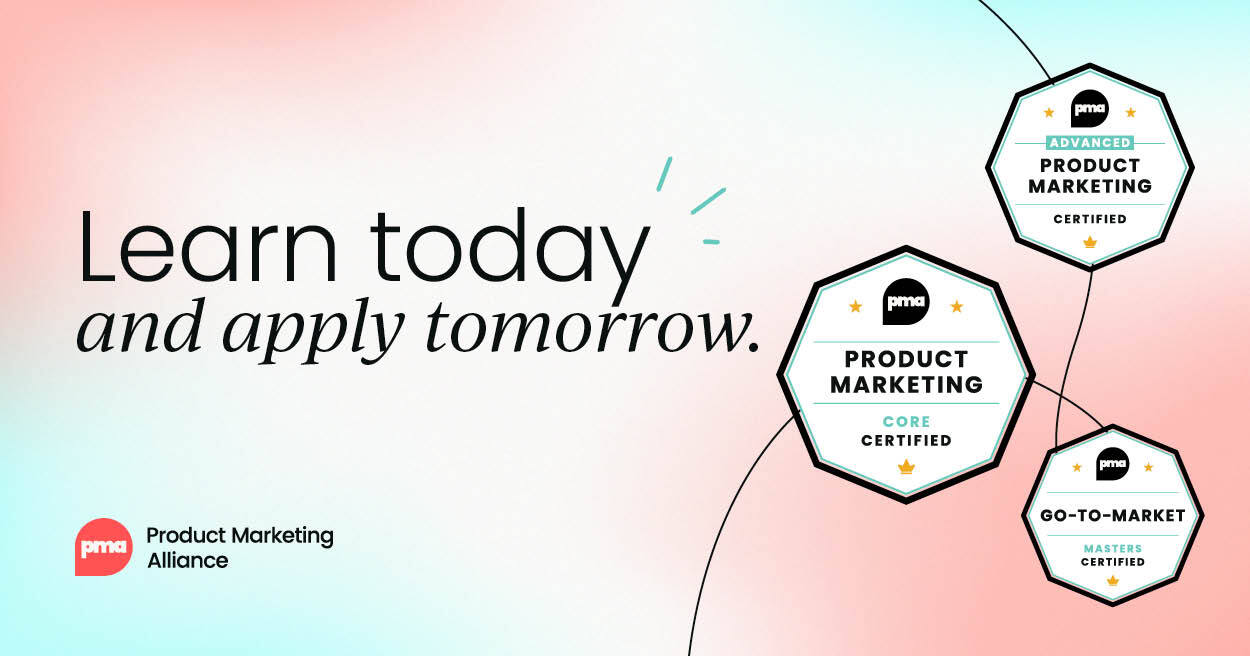
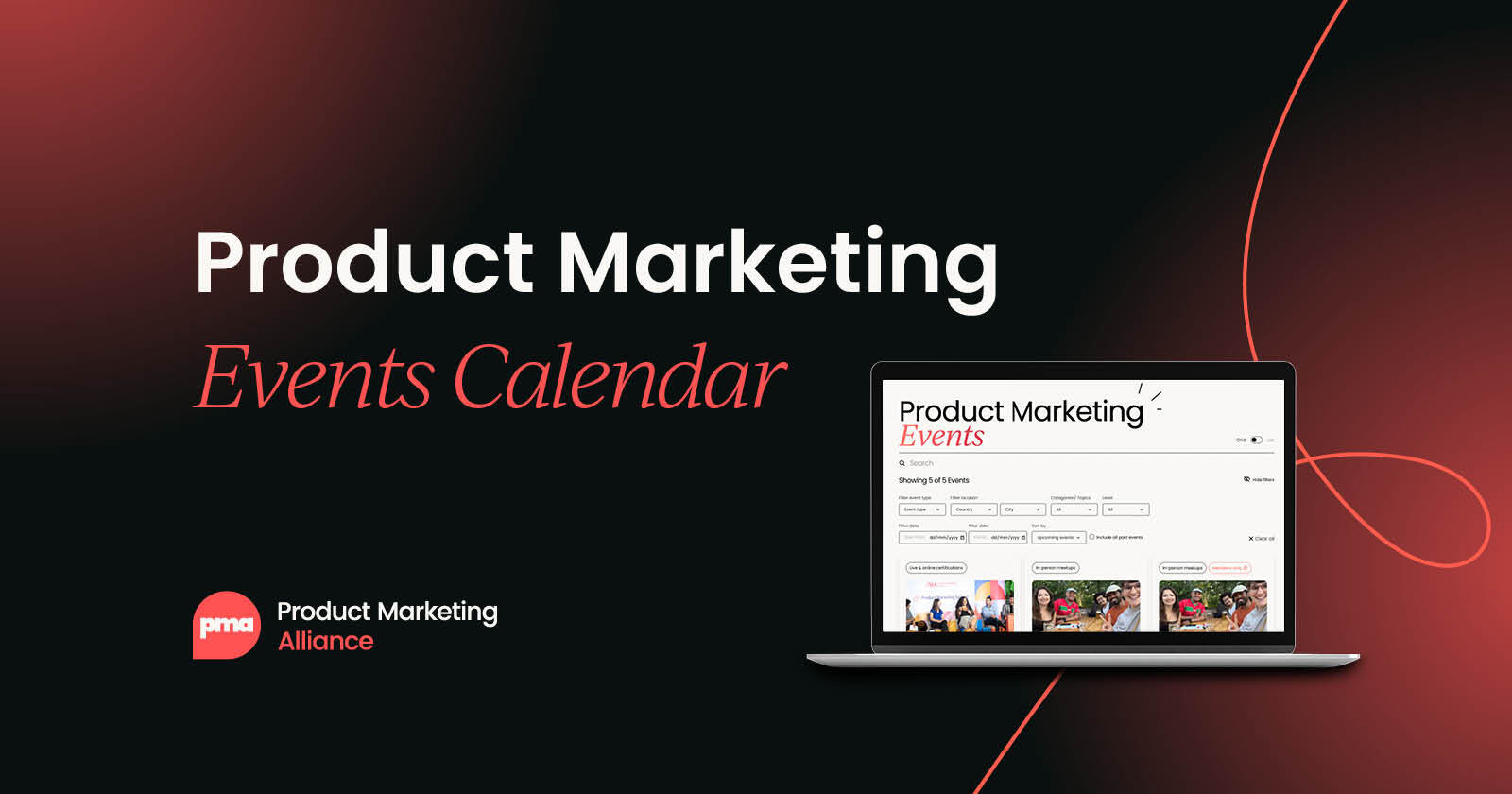


 Follow us on LinkedIn
Follow us on LinkedIn



.svg?v=63a50ae3ef)